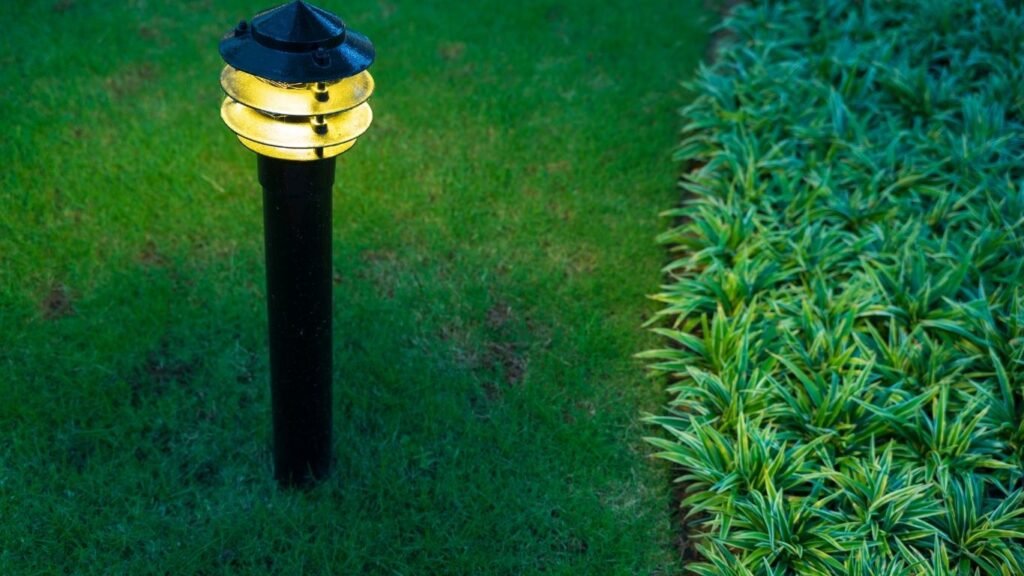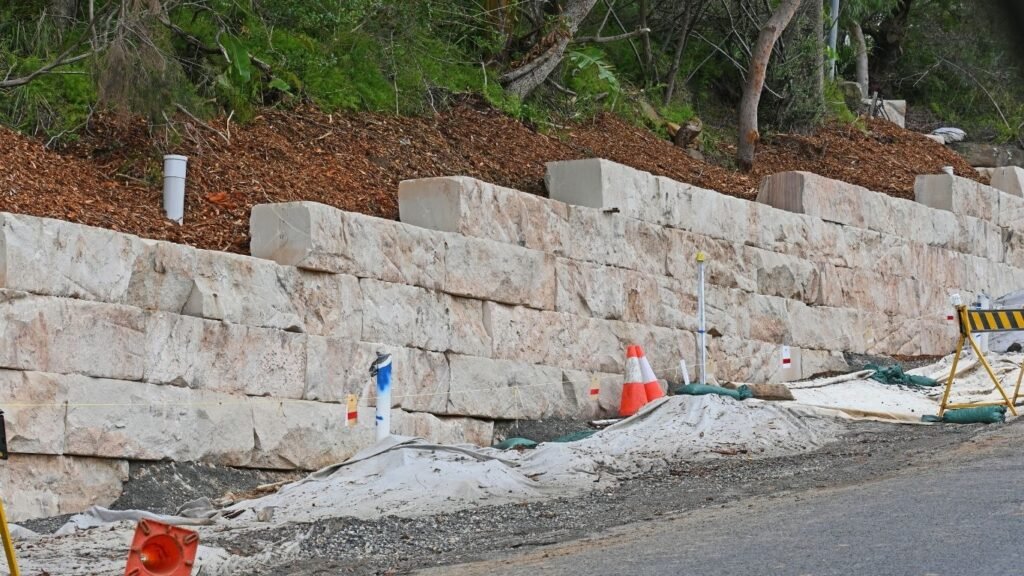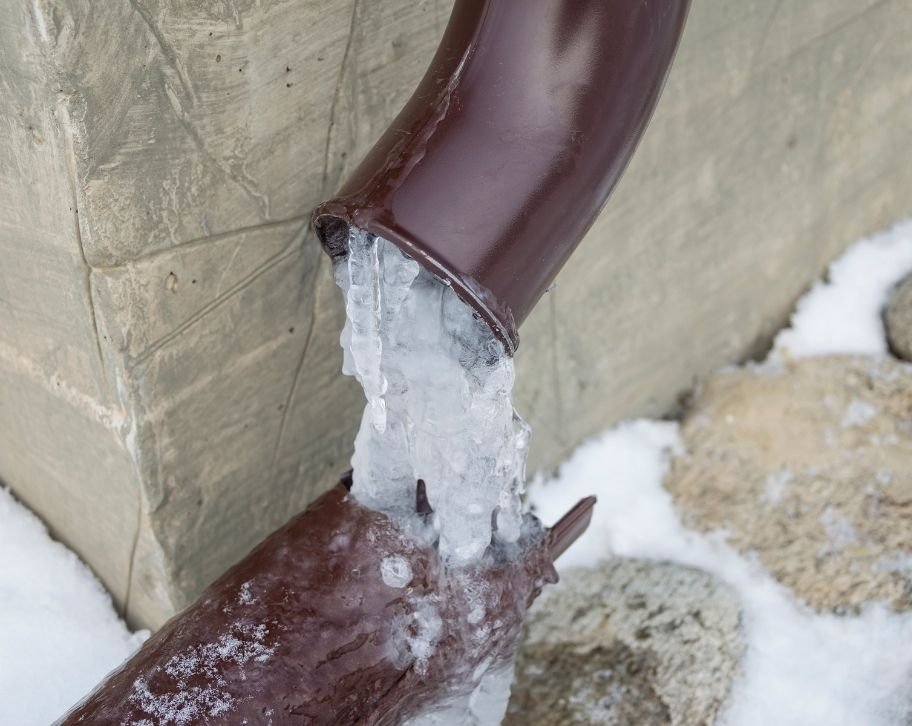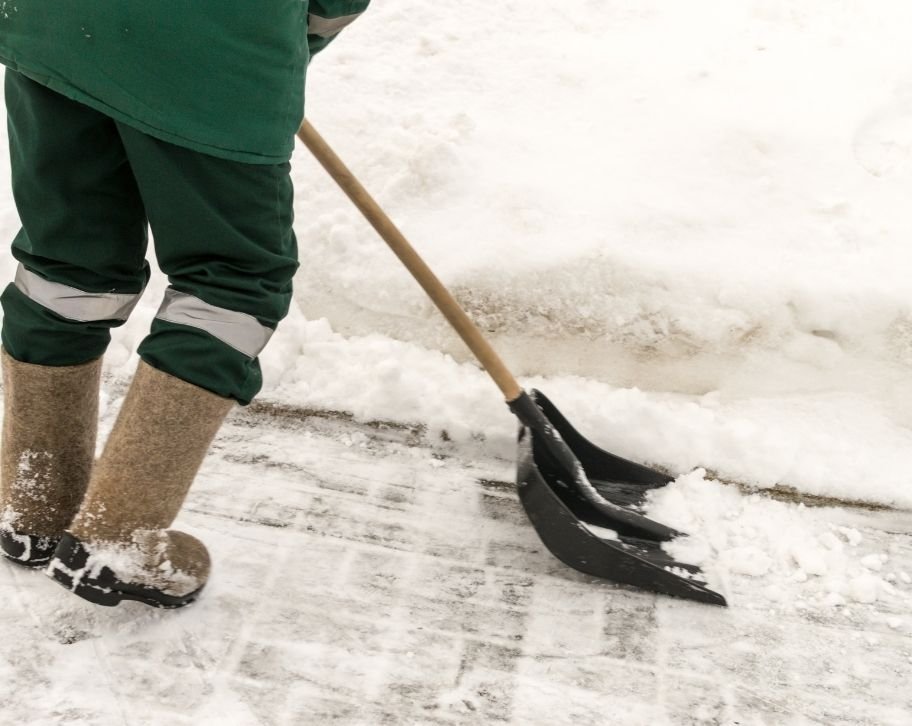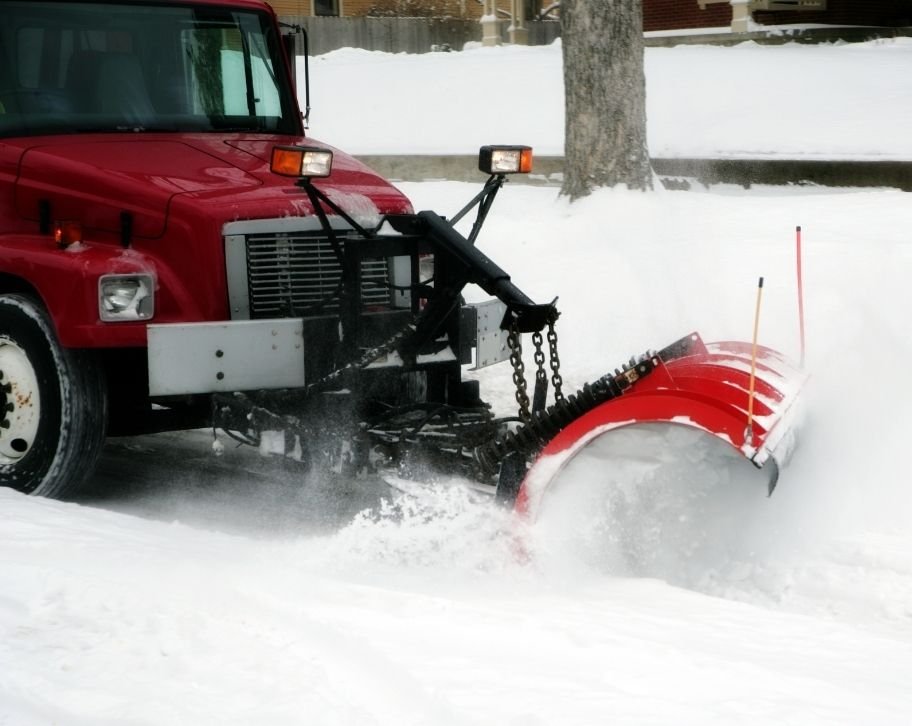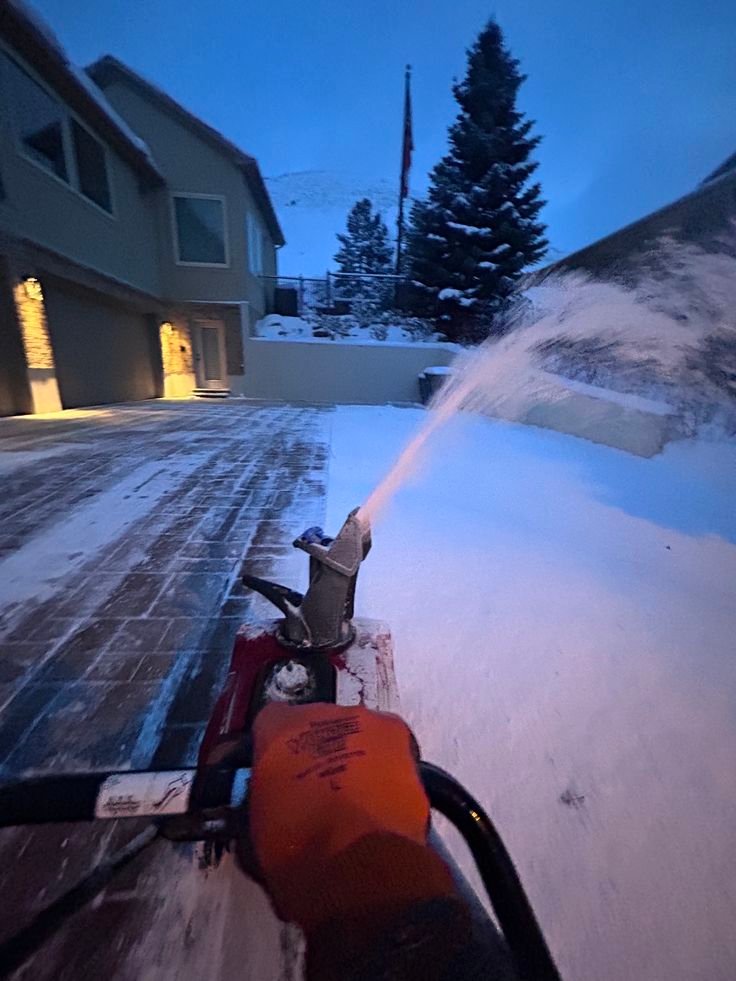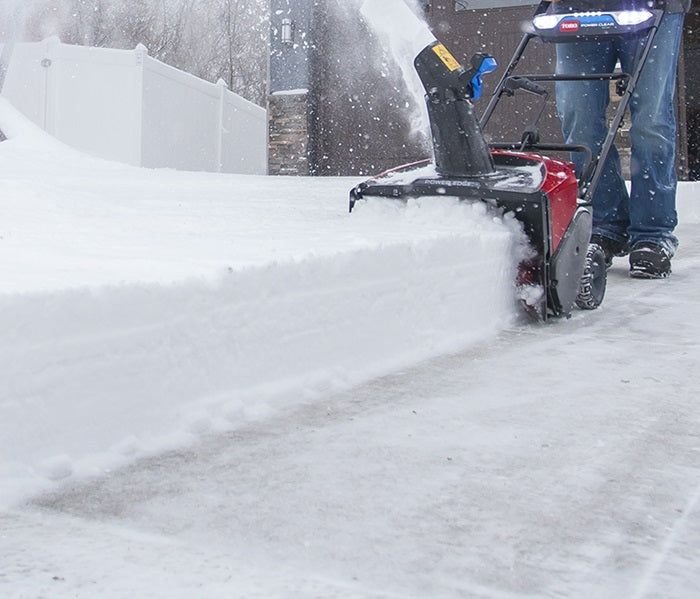What are the risks of attempting a DIY Pool Excavation?
What are the risks of attempting a DIY Pool Excavation? Thinking about adding a sparkling pool to your backyard? If you’re considering a DIY pool excavation, you may want to pause and think about the risks involved. While the idea of saving money and taking on the challenge yourself can be tempting, many homeowners underestimate the complexities of excavation work. From dangerous underground utility lines to tricky soil conditions, the potential pitfalls are numerous. Not to mention, even seemingly minor mistakes in measurements or planning can lead to costly rework or safety hazards. Before you grab a shovel or rent an excavator, it’s important to understand the realities of DIY pool excavation. In this article, we will explore the risks involved, helping you decide whether taking on this daunting task is truly worth it. Is DIY pool excavation possible? While DIY pool excavation is technically possible, it’s a project that requires careful consideration. The task demands significant physical effort, specialized equipment, and extensive knowledge of soil conditions and excavation techniques. For most homeowners, undertaking pool excavation without professional help can be risky. The process involves precise measurements, proper soil removal, and adherence to local building codes. Even small mistakes during excavation can lead to expensive repairs or structural issues. Given the complexity and safety risks involved, it’s generally better to hire experienced professionals for pool excavation projects. Lets discuss the risk of DIY excavation one by one. Dangers of DIY Pool Excavation Soil conditions Your backyard’s soil type can make or break your swimming pool excavation project. Clay soil presents significant challenges as it becomes unworkable when wet and rock-hard when dry, making digging nearly impossible in certain conditions. Sandy soil requires extra support systems to prevent dangerous cave-ins during the excavation process. If you’re dealing with rocky terrain, you’ll need specialized equipment that most homeowners don’t have access to, significantly extending your timeline. Underground water tables pose another serious threat, potentially flooding your excavation site and compromising the entire project. Hidden debris like old construction materials can damage expensive rental equipment and create unexpected disposal costs. Utility lines One wrong move with an excavator can lead to catastrophic consequences when dealing with underground utilities. A gas line strike could cause deadly explosions, putting you and your neighbors at risk. Hitting electrical cables isn’t just dangerous – it’s potentially fatal. Water main breaks can flood your property and cause extensive damage, while severing cable and internet lines affects service for entire neighborhoods. Local utility companies must mark all underground services before any pool excavation work begins. Skipping this critical step could result in severe injury, property damage, and costly repairs. Improper measurements Precision in pool excavation is not just about getting the size right – it’s about creating a safe, functional structure. Incorrect depth calculations can affect the pool’s structural integrity, potentially leading to costly repairs or complete failure. Improper slope angles might cause wall collapse during or after construction. Wrong dimensions create problems with liner fitting and equipment installation. Even small measurement errors can create significant issues with water circulation, potentially requiring extensive rework to correct. Fredericton weather Local weather conditions play a important role in pool excavation success. Rain can quickly transform your carefully planned dig site into an unmanageable mud pit, making it impossible to continue work and potentially destabilizing already excavated areas. Wet ground significantly increases the risk of cave-ins, putting workers and equipment at risk. During Fredericton summer months, extreme heat creates dangerous working conditions, especially when operating heavy machinery or performing manual labor. Cold and snowy weather can affect equipment performance and make soil conditions more challenging to work with, leading to unexpected delays and complications in your pool project. Soil disposal Many homeowners underestimate the sheer volume of soil that needs to be removed during pool excavation. An average residential pool creates between 100-200 cubic yards of spoil – that’s enough to fill several dump trucks. Local regulations may restrict where and how you can dispose of excavated soil, limiting your options and potentially increasing costs. Transportation expenses can quickly spiral out of control as multiple trips are often required to haul away all the dirt. Without proper planning and budgeting for soil disposal, you might find yourself with massive dirt piles that become both an eyesore and a liability on your property. Safety Pool excavation safety isn’t just about following guidelines – it’s about protecting lives. Trench collapses can happen in seconds, potentially burying workers before they have a chance to react. Operating heavy machinery requires specialized training and constant vigilance to prevent accidents. The edges of excavation sites present serious fall hazards, especially when soil is loose or wet. Working in confined spaces creates additional risks, including exposure to harmful equipment fumes and limited escape routes in emergencies. Professional excavators follow strict safety protocols and have proper insurance coverage – protections that most DIY projects lack. Expertise Professional pool excavators bring years of specialized knowledge to each project. They understand soil mechanics and how different soil types behave during excavation. Their equipment operation skills come from extensive training and experience, not just a quick rental orientation. These experts know how to implement proper safety protocols and can quickly identify and solve problems before they become major issues. Technical specifications for pool installation require precise understanding – knowledge that comes from years of hands-on experience rather than online research or YouTube tutorials. Expenses & delays What often starts as a cost-saving DIY project can quickly become more expensive than hiring professionals. Equipment rental costs mount quickly when projects extend beyond initial timelines. Unexpected soil conditions might require specialized equipment or additional labor. Permit delays can keep expensive rental equipment sitting idle. Material prices can increase during extended project timelines. Perhaps most costly are the repairs needed to fix DIY mistakes – errors that professionals would have avoided from the start. Injury Physical risks during pool excavation go far beyond simple muscle strain. Back injuries commonly occur from improper lifting techniques and extended periods


